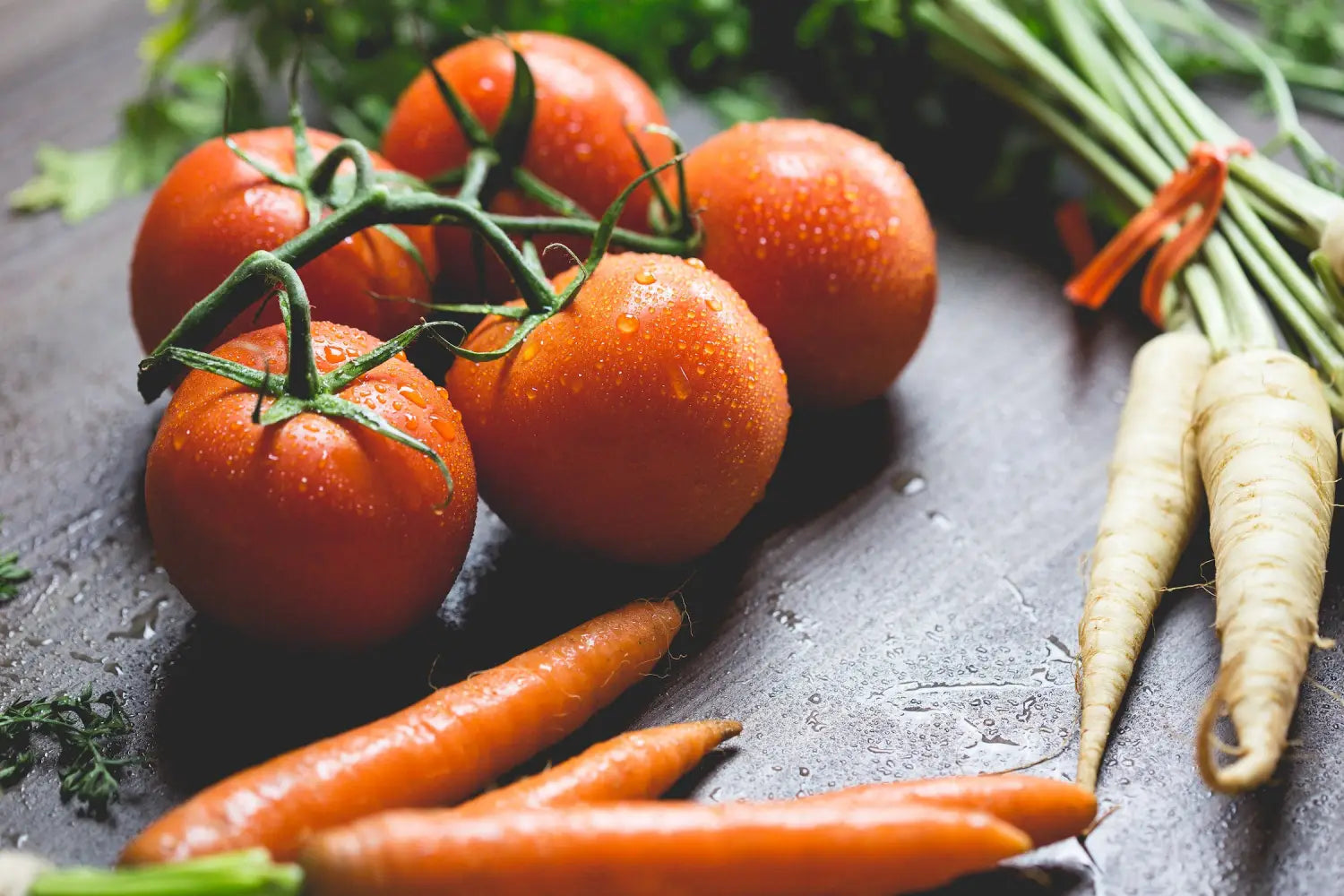In recent years, Vikings have become a popular topic of interest due to the success of the television series Vikings and the numerous books, movies, and games that have come out in recent years. One of the most interesting aspects of Viking culture is their diet. Check out our Viking gifts for sale.
Vikings ate a variety of foods, including fish, meat, fruits, vegetables, and grains. They also ate dairy products such as cheese and butter, as well as eggs and honey. While meat was the main source of protein, Vikings also ate a variety of plant-based foods such as legumes, nuts, and berries.
Fish was an important part of the Viking diet and was often eaten fresh or salted and dried. Fish was also used as a trading commodity and was often smoked or pickled. Meat was also an important part of the Viking diet and included pork, beef, chicken, and game. Meat was often boiled, roasted, or grilled over an open fire. See the wooden ritual bowl and more gifts.
Fruits and vegetables were also a part of the Viking diet. Apples, pears, and plums were the most popular fruits, while cabbage, carrots, and onions were the most popular vegetables. Grains such as oats, barley, and wheat were also eaten.
The Vikings also ate a variety of dairy products, including cheese, butter, and sour cream. They also enjoyed eggs, honey, and mead, an alcoholic beverage made from fermented honey.
Overall, the Viking diet was relatively healthy and balanced. They ate a variety of foods and had access to many different types of proteins, fats, and carbohydrates. The diet of the Vikings was also very seasonal, as they ate more of certain foods when they were available.
What was the Vikings diet?
The Vikings, often thought of as fierce warriors and explorers, left an indelible mark on history through their conquests and voyages across Europe and beyond. While their impressive feats are well-documented, their dietary habits and culinary preferences are also intriguing aspects of their culture. The Vikings, who existed during the Viking Age from the late 8th to the 11th century, had a diet that was both influenced by their environment and showcased their resourcefulness.
Explore Pagan incense sticks gift set.
The Vikings were primarily seafaring people, relying heavily on the sea for sustenance. Fish, in particular, held a significant place in their diet. Coastal regions provided ample opportunities for fishing, and fish became a staple food for both coastal and inland Viking communities. They caught various types of fish such as herring, cod, and salmon, which were not only consumed fresh but also preserved through techniques like drying, smoking, and fermenting.
Aside from fish, the Vikings were also skilled hunters and farmers. They hunted animals like deer, boar, and hare in the forests and plains. These meats were consumed in various forms – they were roasted, boiled, and sometimes even preserved through smoking. The Vikings were known for their hearty stews, which combined meats, vegetables, and grains, creating nourishing and filling meals suitable for their active lifestyles.
In terms of agriculture, the Vikings cultivated crops that could thrive in their often challenging environment. Barley was a significant crop, used to make a variety of foods including bread, porridge, and even a primitive form of beer. Other grains like oats and rye were also cultivated, contributing to their dietary variety.
Dairy products, such as cheese and butter, were derived from domesticated animals like cows, goats, and sheep. These items provided essential nutrients and fats, especially during the harsh winters.
For the Vikings, exploring new lands meant encountering new culinary resources. As they voyaged to different regions, they encountered a diverse range of foods, some of which they adopted into their diet. Honey, for instance, was a sweetener that they acquired from trading or plundering, and it found its way into their beverages and desserts. They also embraced fruits like berries, apples, and plums, which added a touch of freshness to their otherwise robust meals.
It's worth noting that while the Viking diet was heavily influenced by their surroundings, it was also shaped by cultural practices and social hierarchies. Elite members of Viking society had access to a wider range of foods, including more exotic and luxurious items. This included meats from more exotic animals, rare spices, and imported goods from distant lands.
In conclusion, the Vikings had a diet that was both pragmatic and adaptable. Their reliance on the sea, combined with their hunting and agricultural skills, allowed them to sustain themselves in a variety of environments.
Their meals were hearty and often centred around fish, meat, grains, and dairy products, providing the necessary sustenance for their demanding lifestyles.
Read more of our blogs at odinscave.com or why not browse our epic range of premium Viking jewellery and gifts?


Share:
Famous Viking Quotes
What did the Vikings do for fun?